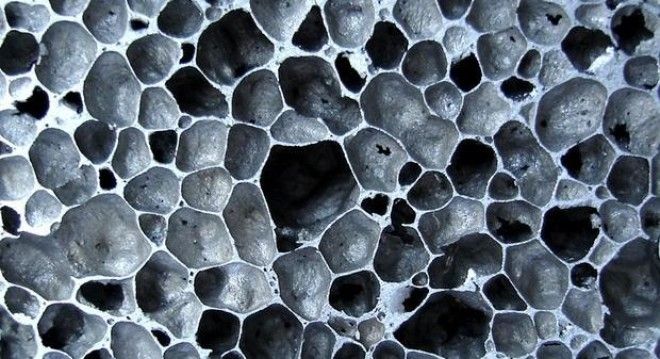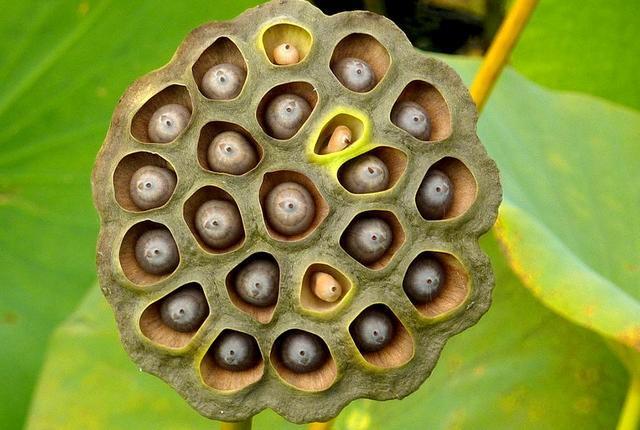What provokes this intense visceral reaction? Holes. Specifically, clusters of holes. Take a look at this utterly innocent picture of milk boiling in a pot, which made me yelp and nearly leap out of my chair:
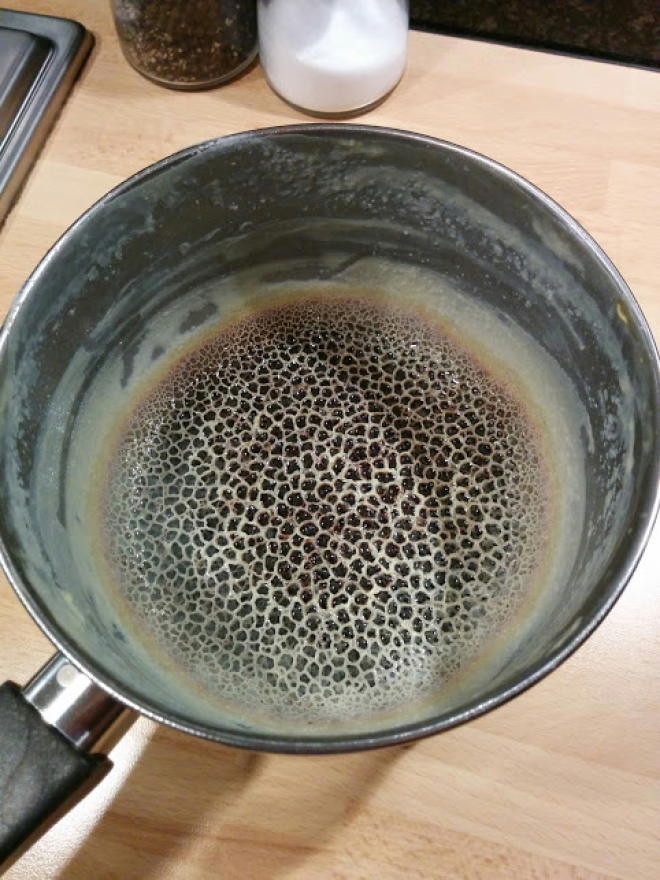
Am I crazy? Maybe, but not because I have a strong revulsion to clusters of holes and sometimes bumps. Instead, I have what is colloquially known as trypophobia. This isn't an officially recognized phobia; you won't find it in the Diagnostic and Statistical Manual of Mental Disorders.
But you will find it all over the Internet, and as we all know, if it's on the Internet, it must be true.
The term trypophobia is rumored to have been coined in 2005 by an anonymous Irish woman in a Web forum who clearly tapped into a zeitgeist of GAH! The term's use online reallytook off around 2009, especially in the Philippines. Today you can find countless examples of people sharing photos of holes that deeply rattle them. While many, like the lotus seed pod and boiling milk, are au naturel shots of real, mostly innocuous objects, others are poorly photoshopped yet nevertheless appalling pictures of cluster holes superimposed mostly on human bodies—especially faces.
Many images of holes, singular or clustered, trigger people for understandable reasons: They depict severe injuries that require treatments like skin grafts; the flesh-violating impact of parasites like bot flies and worms; or the frightening ravages of disease. (Then there is the frankly horrifying, pregnant surinam toad, whose entire back is pockmarked with holes filled by babies, which at birth punch through her skin and leap from her back as toadlets. Thanks, evolution.)
It makes sense to have a healthy fear of things that can endanger us. But why fall to pieces over pancake batter?
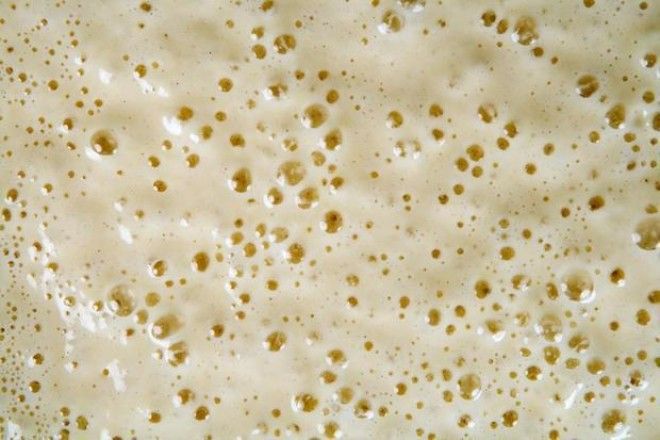
Or cry about cantaloupe?
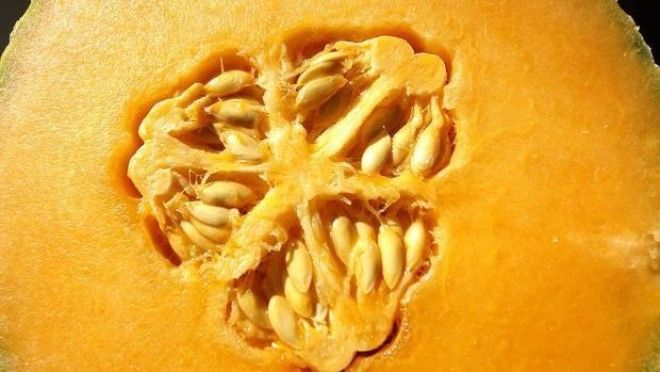
Or get creeped out by coral?
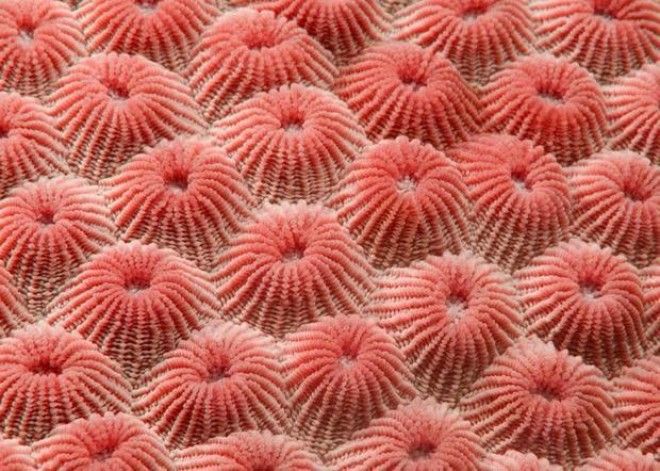
The little research done into trypophobia suggests it's an instinctual fear of harm from legitimately dangerous things that's been transferred to harmless objects. As they reported in the journal Psychological Science,Geoff Cole and Allen Wilkins, two researchers at the Centre for Brain Science at the University of Essex, performed a spectral analysis on 76 images that induce trypophobia (pulled from trypophobia.com), and compared them to 76 control images of holes that didn't trigger a revulsed response.
Advertising
They found that the triggering images shared a typical spectral composition: high-contrast colors in a particular spatial distribution.
They say plenty of dangerous animals share this look. "We argue that although sufferers are not conscious of the association, the phobia arises in part because the inducing stimuli share basic visual characteristics with dangerous organisms," they wrote. Consider the blue-ringed octopus, which is deadly venomous:
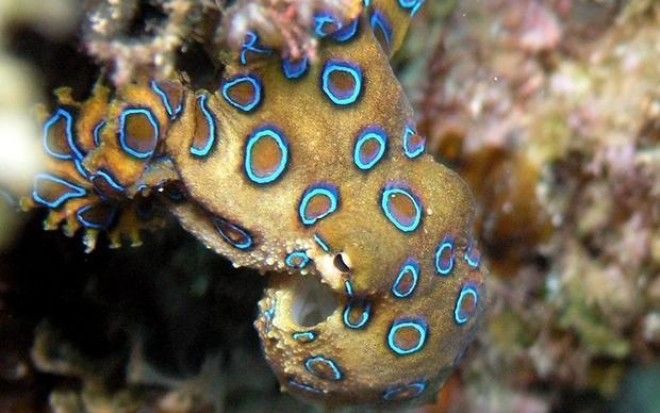
In the same study, the researchers showed a picture of a lotus seed head (ugh) to 91 men and 195 women aged 18 to 55 years; 11 percent of the men and 18 percent of women described the seed head as “uncomfortable or even repulsive to look at.”
Others are doubtful that trypophobia is anything more than a combination of anxiety, priming, and conditioning, as psychiatrist and anxiety disorder specialist Carol Mathews explained to NPR. But more recent research by the Essex scientists, in which they developed and tested a trypophobia questionnaire, suggests that trypophobic reactions are not correlated with anxiety.
Not all images that give people the trypophobic heebie jeebies are organic. Soap bubbles are a common trigger, as are holes in rocks. Here is some aluminum metal foam to fuel your nightmares. Enjoy!
